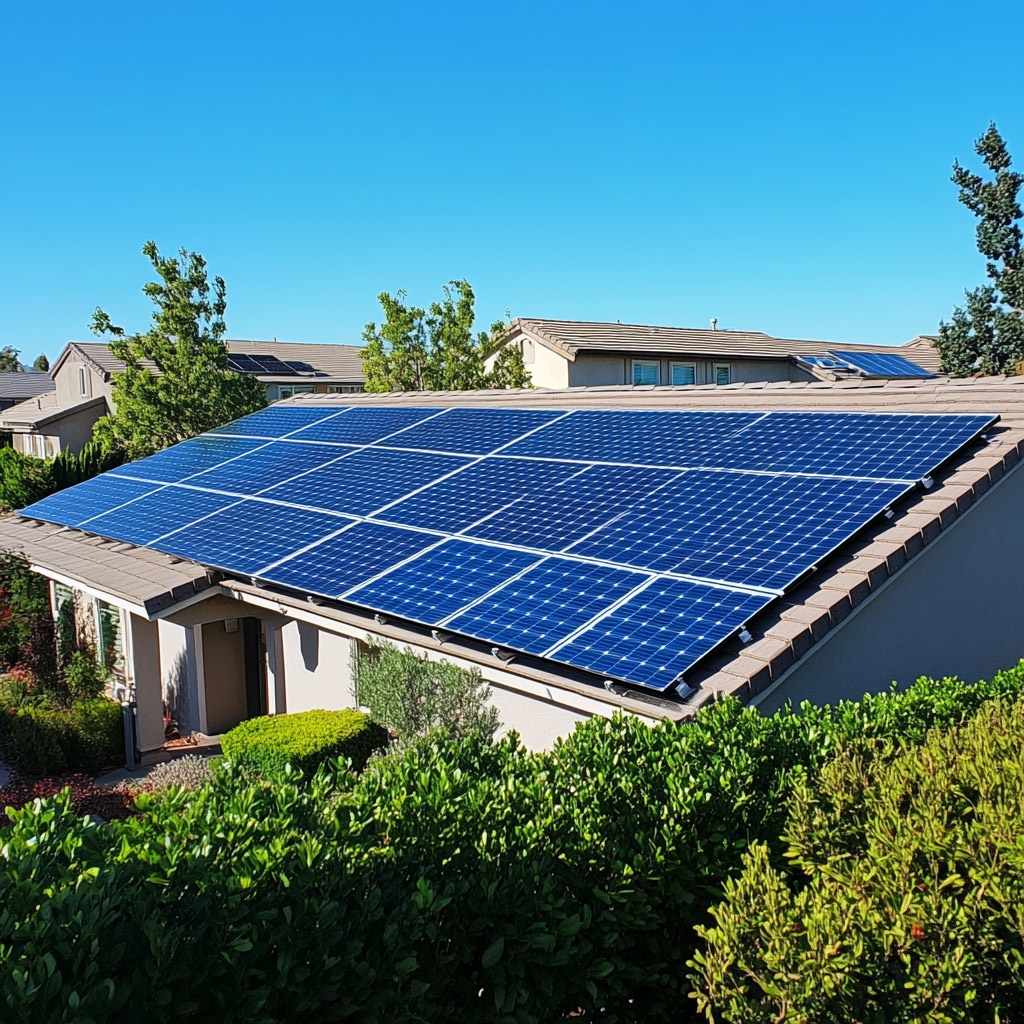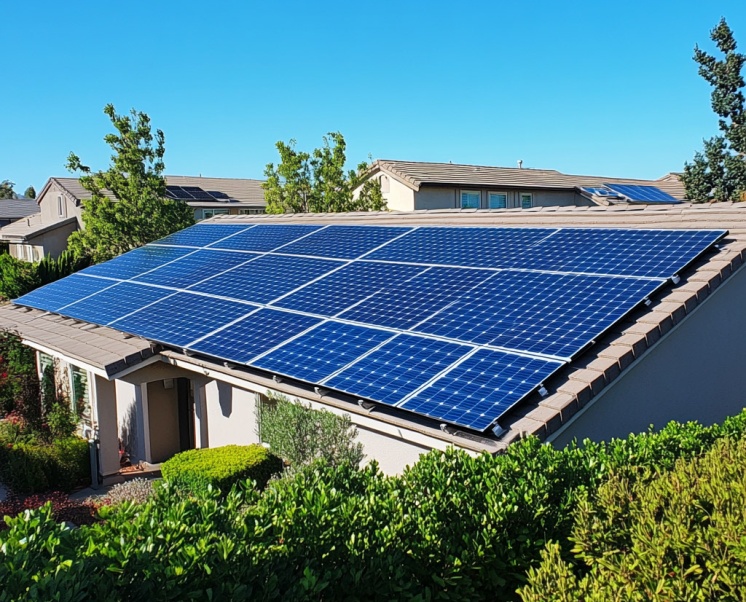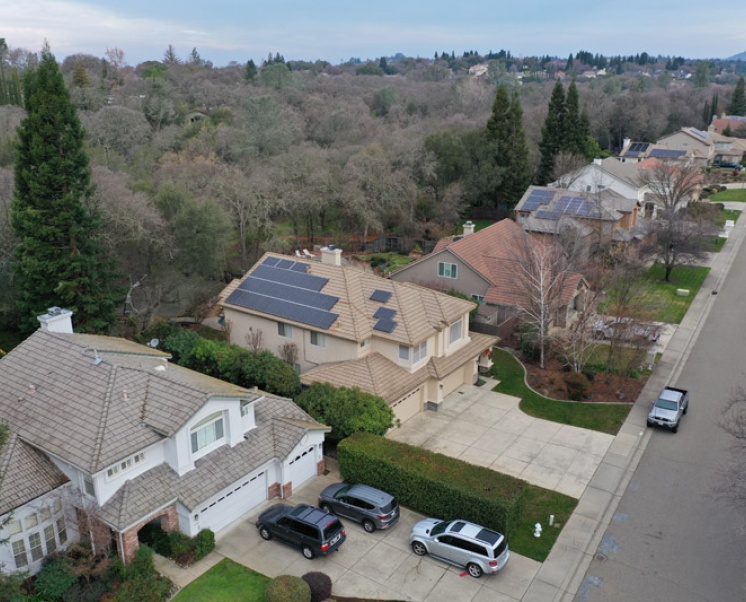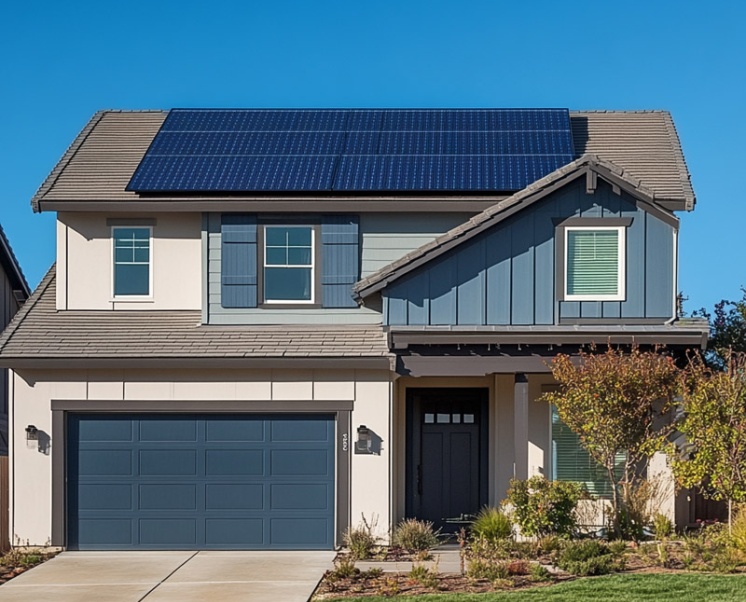What is a Power Purchase Agreement (PPA)?

What is a Power Purchase Agreement (PPA)?
A Power Purchase Agreement is a financing arrangement where a third-party company installs solar panels on your home at no upfront cost. Instead of owning the system, you agree to buy the electricity it generates at a predetermined rate, typically lower than your current utility bill. PPAs usually last 20 to 25 years and may include an annual price escalator that increases the cost per kWh over time. At the end of the term, you may have the option to extend the contract, buy the system, or have it removed.
How Does a PPA Compare to Owning Your System?
While a PPA may seem like a convenient option, the long-term costs make it far more expensive than purchasing a system outright or financing it with a loan.
Check out our comprehensive guide to PPAs.
Tags
Speak with someone now


